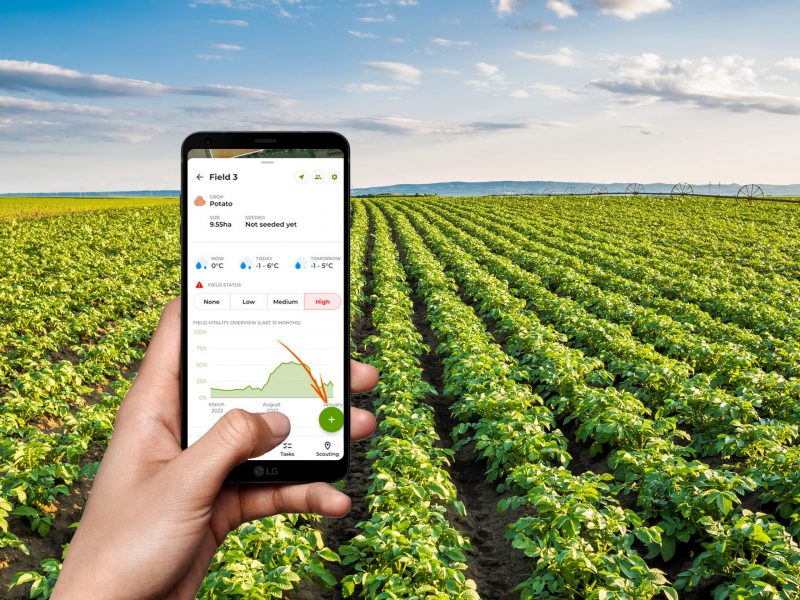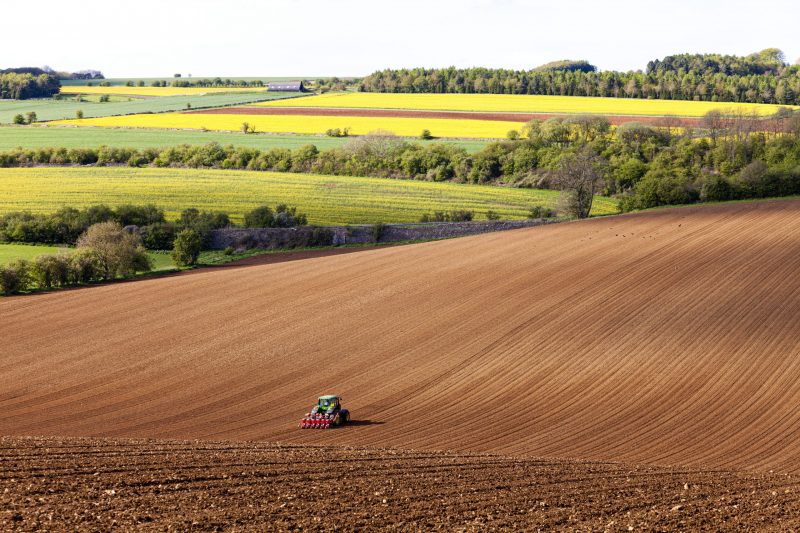Precision Farming Benefits
In recent times, the buzz around precision farming has amplified considerably. So, why are precision farming benefits garnering so much attention? Why is it emerging as a game-changer for farmers? Let’s delve deeper into the transformative impact of the precision farming benefits, the technological arsenal it equips farmers with, and the opportunities it unlocks for the agricultural sector.
Understanding Precision Farming:
At its core, precision farming entails a combination of strategies and tools, paving the way for farmers to enhance soil health and overall productivity. This elevation in farming efficiency is achieved primarily through the integration of cutting-edge technologies.
Moreover, the term “precision” isn’t thrown around lightly. Due to state-of-the-art tools, farmers can now make interventions that are timely, location-specific, and crop-specific, ushering in unparalleled levels of accuracy.
Firstly, these technologies play a pivotal role in data collection, laying the foundation for informed decisions to uplift production. Secondly, they assist in executing corrective measures to realise these production goals.
Furthermore, the concept of Agriculture 4.0 is gaining traction, representing the next evolution in representing precision farming benefits. This paradigm emphasises the interconnected use of advanced tech, with data being the cornerstone, to refine and streamline production processes.
What are the benefits?:
The promise of precision farming is compelling: heightened production using fewer resources without compromising on quality.
From a broader perspective, this approach heralds dual benefits:
- For agricultural businesses, it’s a pathway to resource optimisation, curtailed wastage, enhanced land productivity, and reduced operational costs. This efficiency not only maximises profitability but also alleviates physical strain on farmers.
- On the environmental front, there’s a significant reduction in the misuse of fertilisers and herbicides, emissions, and soil degradation due to judicious resource utilisation.
Additionally, with the global populace projected to reach nine billion by 2050, there’s an escalating pressure to ramp up food production. However, this surge shouldn’t come at the expense of essential resources like water or compromise soil health. In this context, precision farming emerges as a beacon for sustainable agricultural practices.
Data Collection Instruments:
Monitoring vast tracts of crops is undeniably challenging. Since crop yield isn’t uniform across fields due to various factors like soil quality, pest infestations, or irrigation issues, pinpointing these discrepancies becomes crucial.
- Satellite Crop Monitoring: Through multi-spectral imagery of high-resolution satellite snapshots, this tool empowers farmers to keep a vigilant eye on their crops’ health. These satellites can capture specific electromagnetic emission wavelengths, providing insights into vegetative growth, soil moisture, and temperature.
- IoT – Drones and Sensors: Agricultural drones have risen in prominence, chiefly for land mapping. The more advanced models harness infrared sensors to unearth issues invisible to the naked eye. Ground-based sensors, on the other hand, capture climate and soil hydration data, making them ideal for both expansive fields and confined spaces like greenhouses.
By assimilating data from satellites, drones, and sensors, farmers can create interactive maps that portray the health and discrepancies of fields. This comprehensive overview not only aids in pinpointing anomalies but also ensures that interventions are well-informed and targeted.
Field Intervention Instruments:
Having data is just half the battle. Applying this data to make impactful on-field decisions is equally crucial. Here are some pivotal tools in this domain:
- Variable Rate Technology (VRT): VRT allows for differentiated application of fertilisers and protective agents based on specific crop needs. This tech harnesses either real-time sensors or prescriptive maps fed with previously captured data to guide machinery.
- Precision Steering and Automation for Agricultural Vehicles: Satellite-based systems for tractors, like GPS or GLONASS, enable precise vehicle localisation within fields, leading to efficient resource use, cost savings, and reduced human effort.
Lastly, the promising horison of precision farming includes robots equipped with sensors and grippers for tasks ranging from data collection to seeding and harvesting.
Find out more about Arvorum here.
Download the app here.








